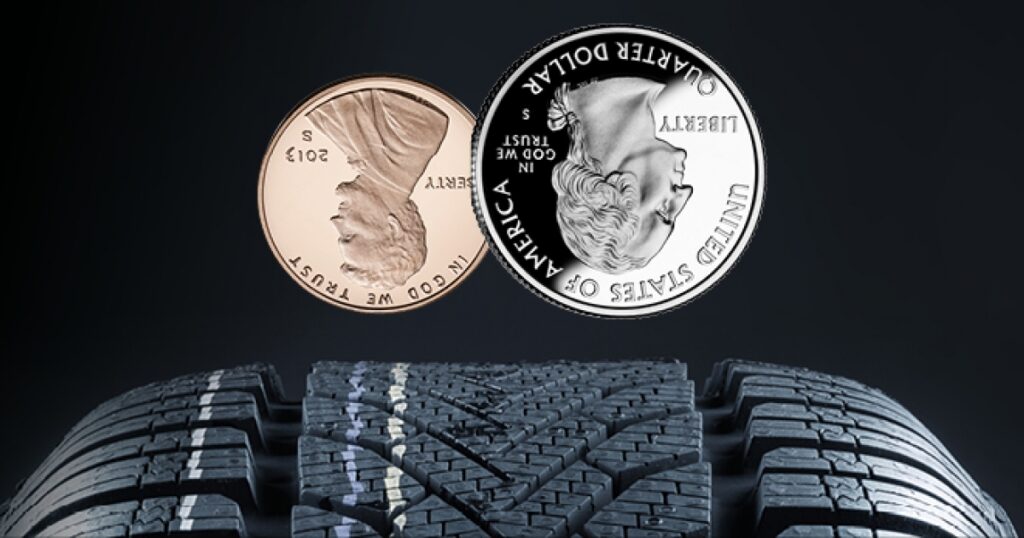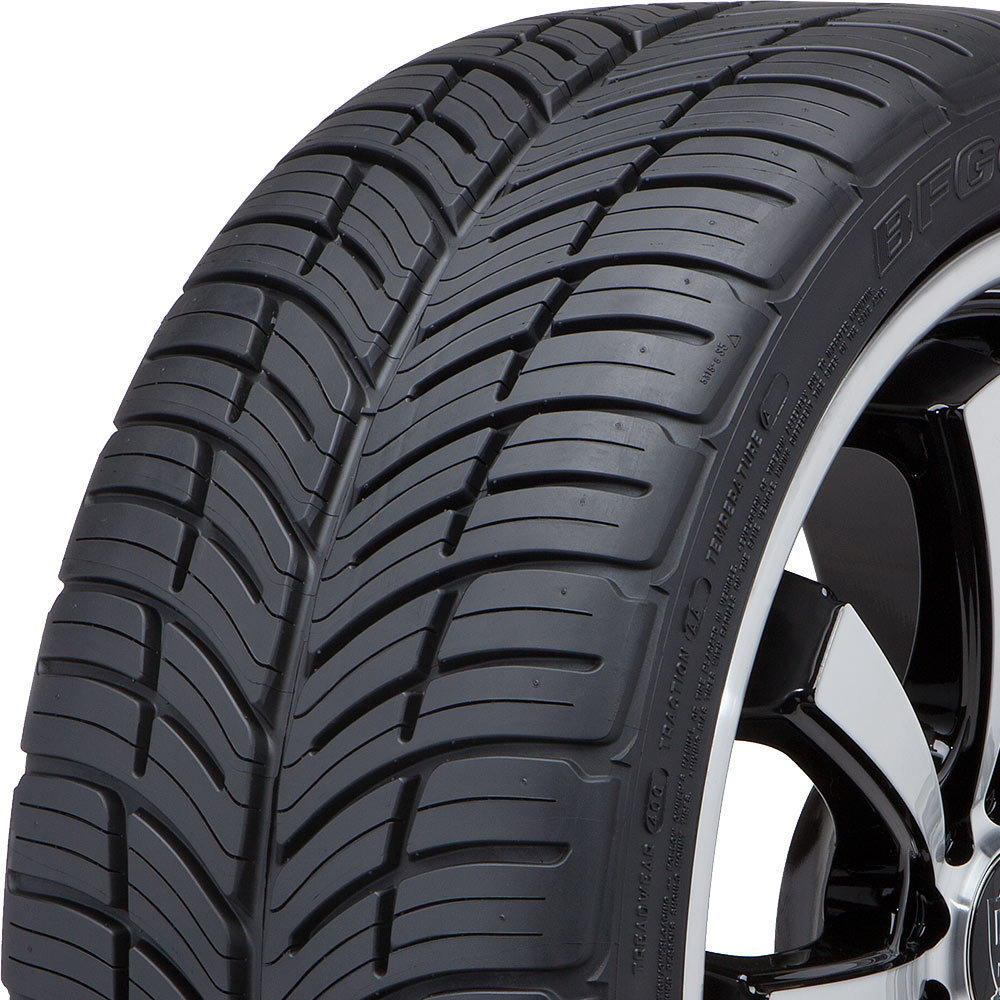A core part of driving protection and performance is the tread on the tires. All these knobs, shapes, patterns, and grooves are united with the common aim. They allow the tire to grip the road, quicken, brake, and corner, and optimize fuel efficiency. The efficiency of the tire depends on how the rubber on the tread wears away. Caring for the tread depth of the tire is a crucial part of the vehicle’s routine maintenance.

You ask what the tread depth is. It is a vertical calculation from the upper of the tire’s rubber to the bottom of the tire’s most deep grooves.
The rubber that makes the tread – and the very thing that brings you traction – is being worn down when you ride on your tires. They can get less potent while gripping the road. The tires will lose their support even before they are worn out, and they can become a severe safety problem once the tread is worn too far.
The key aim is not to get them to that point.
The tire tread depth by the numbers. In the United States, the tire tread depth’s industry standard is estimated in one thirty-second of an inch (1/32) increment (millimeters are used in countries that operate metric measures).
Usually, fresh tires operate at a tread depth of 10/32 to 12/32, with some off-road tires increasing to 15/32. New tire depth of tread is the calculation that is typically released by manufacturers of tires but is not the same as the tire tread’s functional depth. For most states and tire makers, the tires are bold when one or more of their grooves are down to 2/32. Thus, when beginning with a new tread tire depth of 10/32, the actual usable tread depth is 8/32.
When the tires are down to 2/32, they are at a stage that they can’t deal with the hazards of moving on damp roads, slushy or snowy roads. They are often probable, due to hot weather, to get heat harm and vulnerable to punctures or complete breakdown due to any or all of these threats. In plain English – when a tire’s tread depth is down to 2/32″, you need new tires. Don’t hesitate.
For those driven regularly in rain or snow, whether the tread depth is nearer 4/32, you may want to buy new tires for your car or truck.
How the tire depth of tread is calculated
Calculating the tread depth usually is an easy and reliable way to guarantee that the tires are always able to grip and stick to the road, providing your safety. There are a few simple ways of achieving this.
The most error-free way is a tread depth gauge.
You will find the tire tread depth gauges online, and they can be found at the nearest automotive parts shop. They are very simple to operate. Your tread depth will best be determined by inserting the probe into the smallest groove on the tire, press the shoulders of the probe flat against the tread, and then you will see the result.
All gauges should calculate both in the US 1/32″ standard and in millimeters.
If your gauge calculation shows
– 6/32 or higher: Your tire depth of thread is enough.
– 5/32: If snow-covered roads are a challenge, you have to think of changing your tires.
– 4/32: If you often ride on wet roads, you need to change your tires.
– 3/32: It’s time for you to start looking for new tires as they are near to being worn out.
– 2/32″ or lower: Your tires are bald, and it’s time to change them.
If there is no tread depth gauge at hand, you can use some US coins to approximate wear on tires in the critical last 32nds of an inch of their remaining depth of thread. Depending on how cautious you want to be or if you ride regularly on rainy or snowy roads, a penny or a quarter will work.
So how does it work?
Place a penny upside-down with Lincoln’s head in the tire’s smallest groove. If you can see the Lincoln’s whole head above the tread, you just have 2/32 or fewer of the remaining tread, and the tires’ lifespan is over.
Use a quarter if you want to travel through the rain or be warned about substitution time. Put the quarter with the head of Washington upside down into the smallest groove the way it can face you. You’ll have 4/32 or less tread depth, whether all Washington’s head can be seen over the tread.
If you’re in regular checks of tread and want to see how good the tires wear, Lincoln can help here too. Lincoln can help. Put a penny with the Lincoln Memorial upside down the way it faces you. You have 6/32 or less depth left if you see the Lincoln Memorial’s top over the tread. It’s no time to worry, so it’s a smart thing to keep constantly testing the tread.
You may also track tread wear with the indicator bars. The US Federal standards of safety demand that the tire tread patterns have 2/32 markers of tread wear across the tread, in the grooves. Tires are rated to be worn out when the tire tread patterns have been worn out even with the indicator bars.
Please notice that the tread depth calculation if driving on winter tires meets the other set of replacement thresholds. For the suggested calculation of tread depth and replacement schedules, we recommend contacting the maker.
It’s necessary to calculate the tread depth. In all condition types of riding, the tires at or above the suggested tread depth offer you more traction. Moreover, periodically inspecting your tread depth offers you an excellent opportunity to review your tires for other indicators, such as cracks, bulges, or cuts in tread or sidewalls, of adverse wear or harm. If you really care about your tires, it’s very smart to inspect them by a specialist.

Founder at Tiresout. Used to be working as an engineer at Bridgestone Tires Akron Technical Center. The responsibilities included but were not limited to technical computing, indoor & outdoor testing of new tires.
